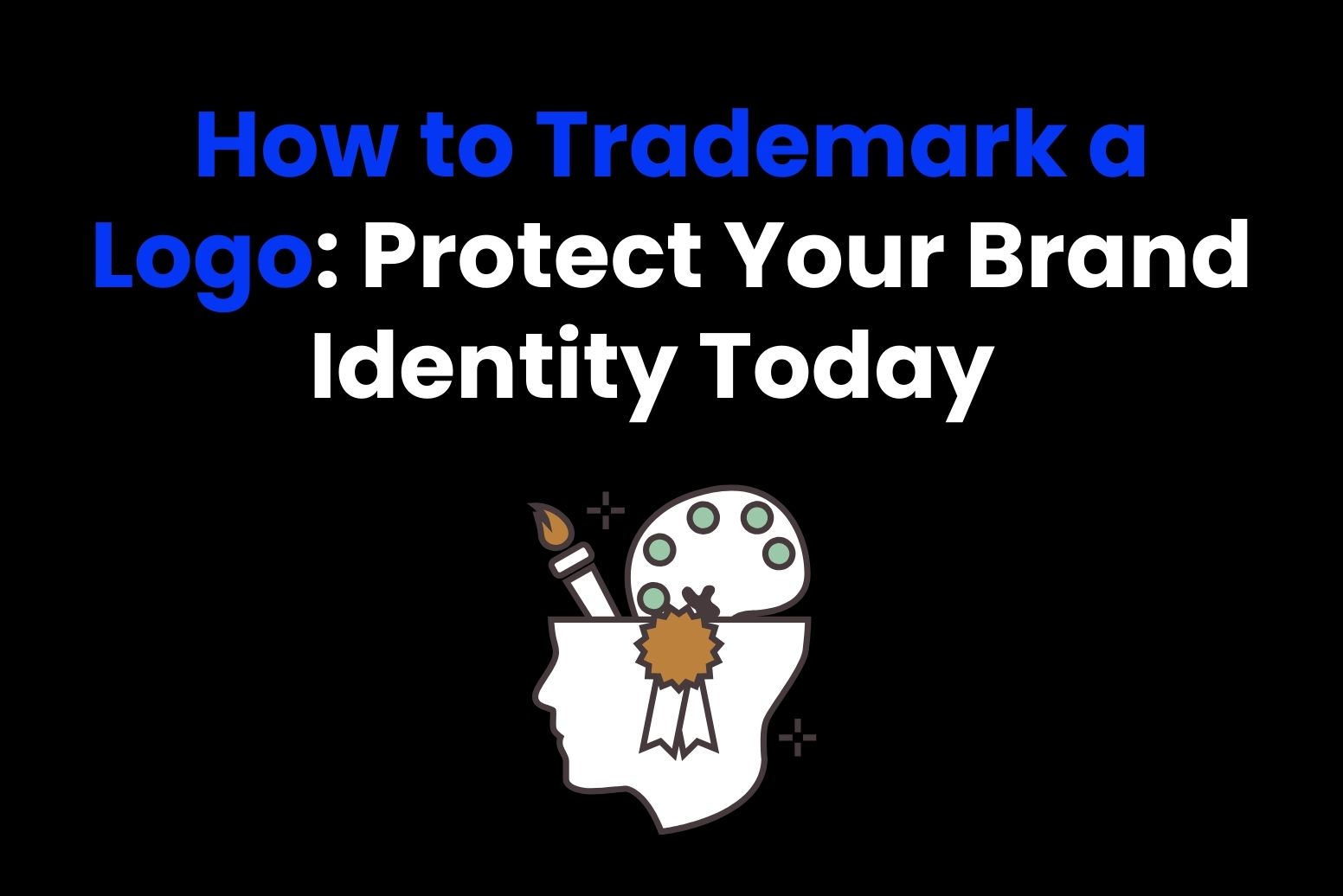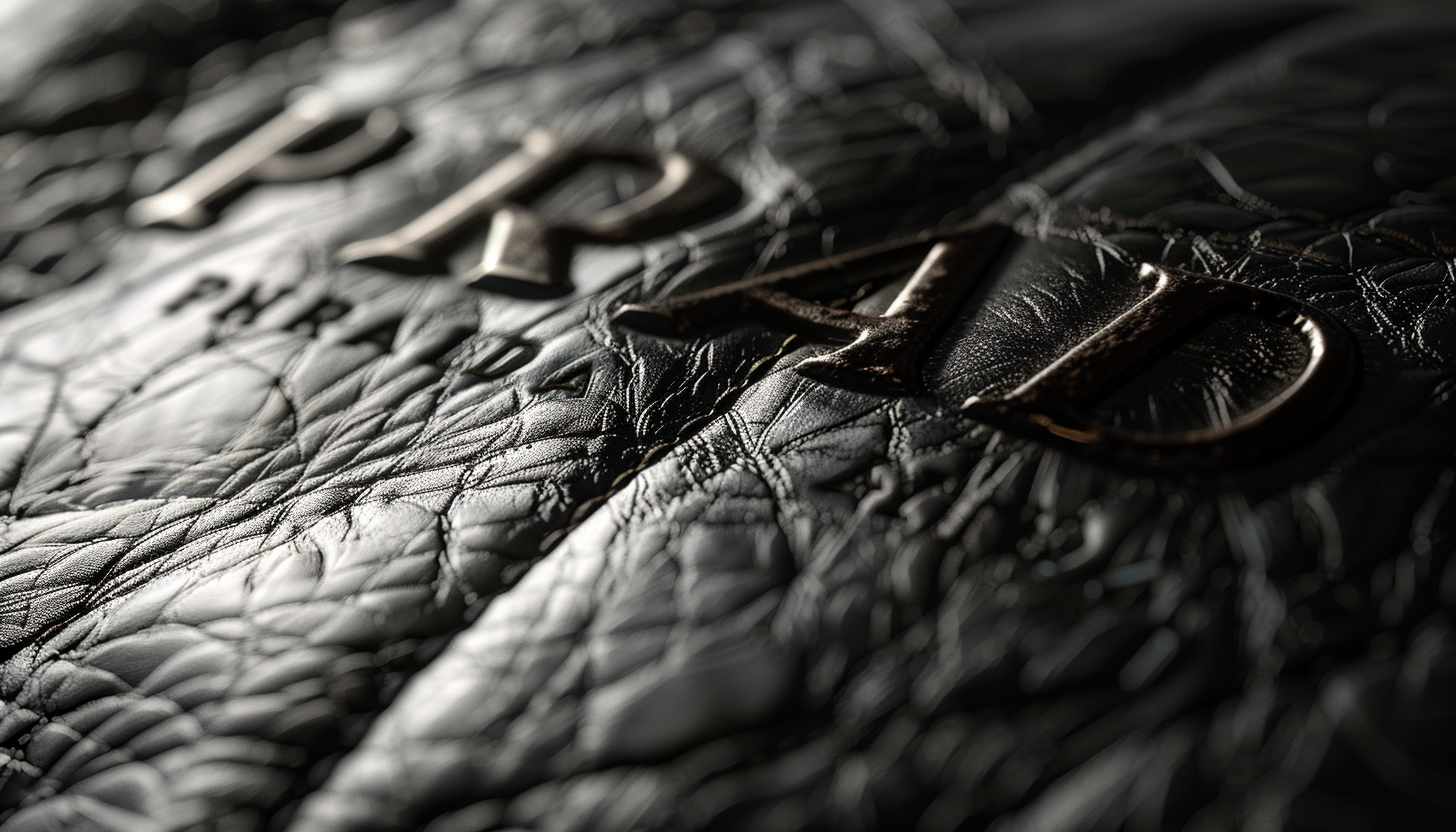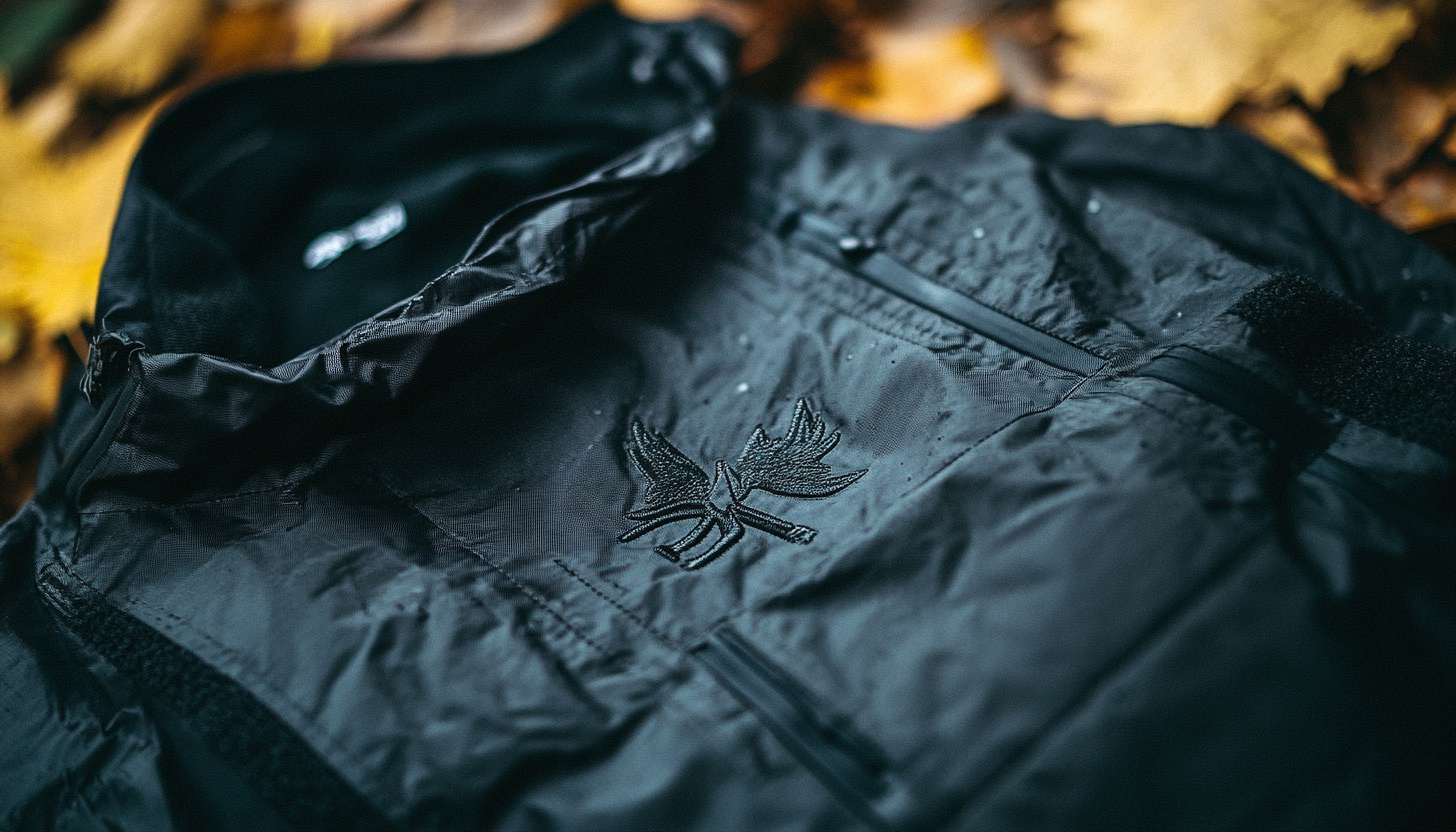Trademarking a logo is an essential step for businesses and entrepreneurs seeking protection of their brand identity. In today’s competitive marketplace, a logo is no longer just a visual symbol; it carries the core, values, and uniqueness of your brand. Without proper legal protection, your logo , your brand can be vulnerable to misuse, infringement, or even theft. Trademarking your logo gives you legal ownership, while at the same time, ensuring that the brand identity remains unique and distinguishable in the marketplace. We’ll explore how to trademark a logo and why it is important.
Part 1: Understanding Trademarks
You should know what a trademark is before applying for it. A trademark acts as a legal cover to everything that represents your business – logos, names, even taglines. We find out what a trademark exactly is and why one really needs to how to trademark a logo the name of their logo. Other benefits of trademarking including protection of your brand name, avoiding any type of law controversy, and getting better brand recognition.
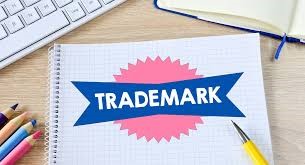
What is a Trademark?
A trademark is an impressive tool under the law when it comes to the elements of what the most recognizable parts of a brand are doing, for instance names, logos, and slogans. This is what gives a product a distinction from others in the market thereby giving your brand identity. Moreover how to trademark a logo, trademarks are offered in all forms such as logos, taglines, and even brand names.
Why Trademark a Logo?
Trademarking your logo ensures protection of your brand’s identity. It legally binds the unique design, meaning others are not allowed to use it. This is beneficial for avoiding legal battles as well as for brand recognition and credibility. In this section, we’ll explore why trademarking your logo is crucial for your business’s success.
Protecting Your Brand Identity
Trademarking your logo would protect ownership and ensure that no one uses a similar design to cause confusion or mislead the customers. Legal protection prevents dilution and misrepresentation by competitors and you get control over how you want your brand to look.
Avoiding Disputes in Court
If your logo isn’t trademarked, it might be prone to infringement or duplication, which could result in expensive and long legal battles. Registering your logo will ensure you have the legal rights and will help avoid disputes on ownership and unauthorized usage by others in the market.
Boosting Brand Recognition
A registered trademark gives strength to your brand, indicating authenticity and trustworthiness to consumers. Seeing the ™ or ® symbol next to their logo makes clients trustable, more reputable and more confidently associated with that clients’ brand.
Part 2: Preparing Your Logo for Trademarking
Before you apply for a trademark, it is important to prepare your logo. The preparation stage involves conducting a comprehensive trademark search, refining your logo design, and choosing the right trademark class. In this section, we are going to walk you through these steps to ensure your logo is ready for legal requirements and has the best chance of being approved.
Conducting a Trademark Search
Before applying for a trademark, ensure that your logo is unique by conducting a trademark search. Use databases like the USPTO or international equivalents to check for conflicting trademarks. Tools like Arvin AI can simplify this process. Failing to perform a thorough search could result in your application being denied due to existing how to trademark a logo conflicts.
Refining Your Logo Design
Ensure your logo is unique and easily identified to depict your brand. Keep it as simple as possible to make sure it prints well across any platform or medium. Consider consulting a designer to prevent accidentally copying an existing logo. Finally, try out your design with those you’re designing for to ensure that it resonates with them and is consistent with the persona of your brand.
Choosing the Right Trademark Class
Trademarks fall into specific classes of goods or services. Knowing which class your business falls into is important for full protection. For instance, Class 25 includes clothing, Class 9 electronics, and Class 41 education and entertainment. If you know these classes then you know about Applying and getting the proper protection for your business.
Part 3: How to Trademark a Logo?
Before you apply for a trademark, it is important to prepare your logo. The preparation stage involves conducting a comprehensive trademark search, refining your logo design, and choosing the right trademark class. In this section we’ll take you through these steps in order to ready you logo for the legal process and improve your chances of it being accepted.
Conduct a Thorough Search
A good search is essential for a successful trademark application. Use reliable databases, such as the USPTO, and online tools like Arvin AI to find potential conflicts. It means that it’s searched so that your logo won’t be rejected for being similar to others. This is, one foundational step that could save much time and money, making their trademarking process simpler.
Prepare Your Application
For a successful trademark application, ensure all necessary components are in place. You will need to submit a high quality image of your logo, indicate the appropriate trademark class and whether the logo is in use or was intended for use at some point in the future. Before submitting the application, be prepared by having all documentation and avoid delays and a smooth application process.
Submit Your Application
After preparation, submit your trademark to the relevant government office be it USPTO to the U.S. or WIPO for international protection; most jurisdictions have online registration systems for convenience and wide accessibility. Ensure that everything is complete and according to guidelines to increase chances at quick approval.
Monitor Your Application Status
Follow the process up until submission, after which track your application’s progress via the online portal of the government office or updates from your trademark attorney. This may involve examination, potential objections, and publication. Monitor it closely and act upon all requests or issues quickly enough to avoid any unwarranted delays in approval.
Maintenance of Your Trademark
Once registered, your trademark must be maintained to remain valid. Most jurisdictions require renewals every 10 years. Keep on your toes by keeping an eye out for any infringement and stopping unauthorized usage. If your business goes global, consider extending how to trademark a logo protection to other regions to protect the rights of your logo across the globe. Regular maintenance means long-term protection and brand security.
Part 5: Common Challenges and How to Overcome Them
While trademarking a logo is essential, it comes with its own set of challenges. Some include dealing trademark rejections, engaging to the infringements cases, and dealing with the details of international trademarking. This is where we will discuss these most common hurdles to overcome as you work towards your trademark application not only successfully, but as smoothly as is possible.
Dealing with Trademark Rejections
Trademark rejections are often due to reasons like similarity to an existing trademark or failure to meet the requirements of the law. So, if your application gets rejected, you must pay attention to the rejection notice and understand why it got denied. In some cases, you can make alterations to your design or rephrase your description in order to rectify the issues. Consulting with a trademark attorney or using trademark search tools. You can boost your chances of approval as long as you confirm you logo is unique and it meets all the requirements.
Handling Infringement Cases
Trademark infringement occurs when someone else uses a logo or symbol that is identical or confusingly similar to yours. The most important step in protecting your rights is to monitor use and take action if there’s infringement. First is filing a cease and discontinue letter demanding that the infringer cease and desist from continuing to infringe the how to trademark a logo. In the event that the infringement carries on, you might need to go the court for help. If you have no lawyer, then you will help to handle all of the complicated laws upon trademarks and allow you to enforce your rights.
International Trademarking: Navigating the process
With a global business expansion, international trademark protection is crucial as you want to extend protection for your brand in each of these markets. Because every country has a separate trademark system, applications are made individually or with international systems like the Madrid Protocol to facilitate applications across several countries. Be aware of the cultural differences and ensure that your logo is not only legally protected but also resonates appropriately with different audiences. International trademark experts can assist in streamlining this process and ensuring that your brand has comprehensive global protection.
Part 6: Create, Customize, and Trademark Your Logo with Arvin AI
Arvin AI is a very useful tool for simplifying trademarking processes. Arvin AI has the range of tools from when you are creating a logo. Described below are the main functionalities of Arvin AI such as help in searching for best logo designs, choosing the best colors for creating the logo, and step by step solution for the customization of logo, making it a must for someone who wants to register a unique logo?
Key Features of Arvin AI
Features offered by Arvin AI to ease the trademarking process for businesses and entrepreneurs interested in safeguarding their logos is a range of features. Here are some key features:
- AI-Powered Design Tools: Arvin AI offers high-end tools that produce unique logo designs based on your brand’s style and preferences.
- Customization Options: Easily change colors, fonts, and layouts to come up with a logo that represents your brand’s identity.
- User-Friendly Interface: Design a professional logo with an intuitive interface, even for users who do not have any experience in designing.
- Template Library: Choose from a wide variety of pre-designed templates to inspire and streamline your logo creation process.
- Brand Consistency Tools: Make sure that your logo matches all aspects of your brand. In this way, all aspects will be consistent.
- Output: Export your finished logo in various resolutions for use on either digital or print media.
- Collaboration: Get insights from others and easily implement necessary adjustments to perfect your concept.
Steps to create logo for trademarking
Step 1: Go to Logo Design Website
Head over to Arvin Logo Maker to design your logo so it’s ready for how to trademark a logo. This platform assists you in making a unique, professional-looking logo with transparency options. Start building your brand identity today.
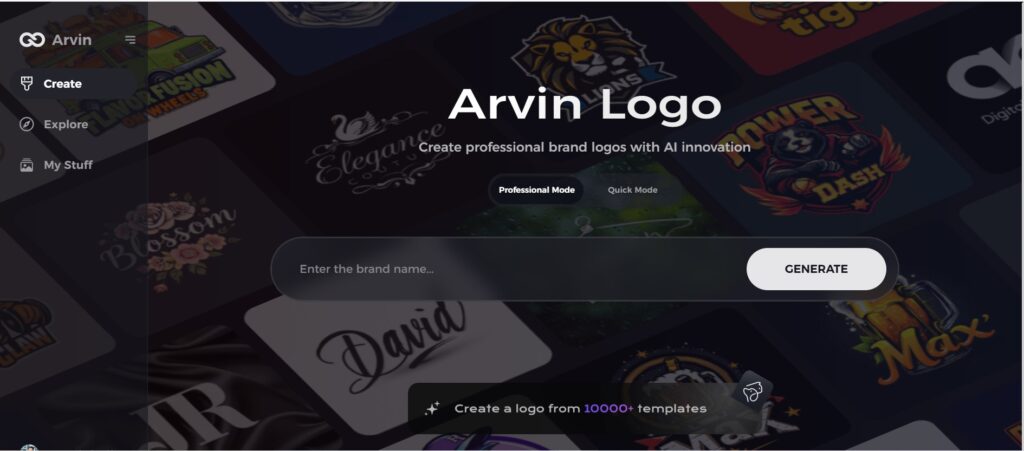
Step 2: Input Your Company Information
Enter your company name and select the appropriate category. The AI uses this information to create logo designs that fit your brand. This step helps generate a logo suitable for trademark protection.
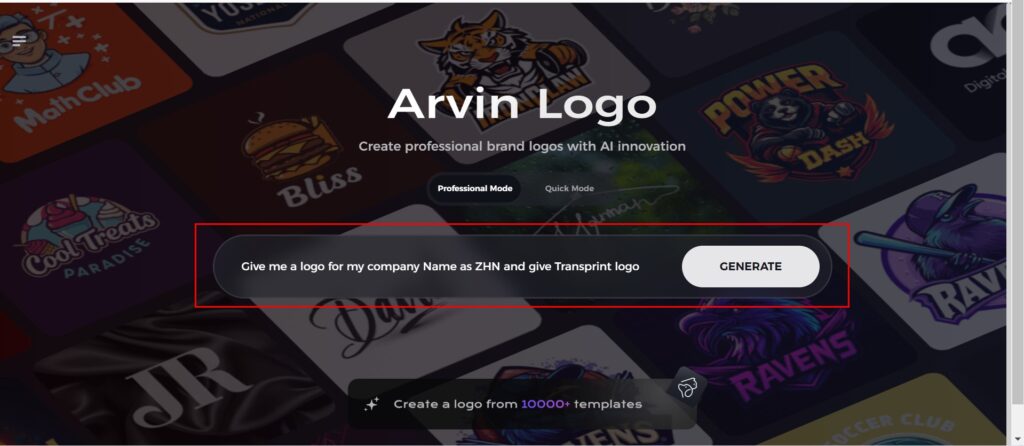
Step 3: Select Your Industry
Choose your business industry to guide the AI in crafting logo designs aligned with your market niche. This ensures your logo matches your company’s core values. It’s crucial for creating a trademark able identity.
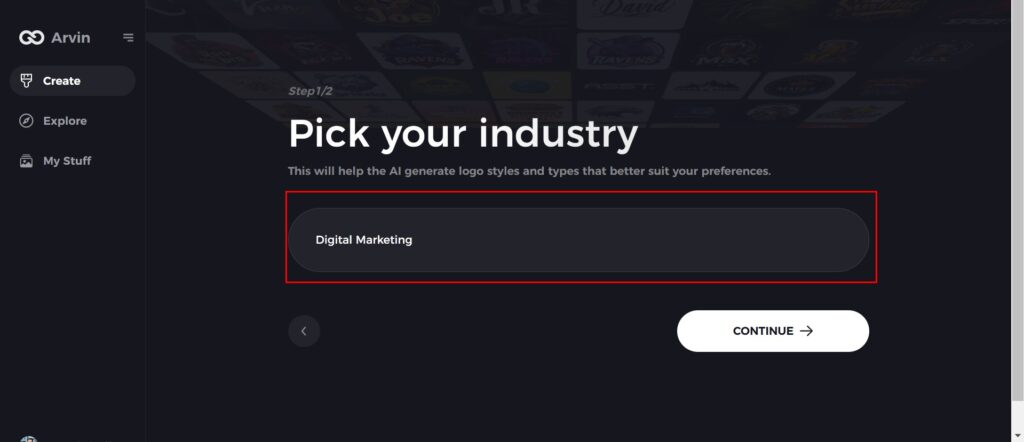
Step 4: Select a Style
Select a logo style or leave it on “no style” for a surprise design. The chosen style will be used as a guideline to how the final logo will appear. This defines the look of the logo for registration purposes.
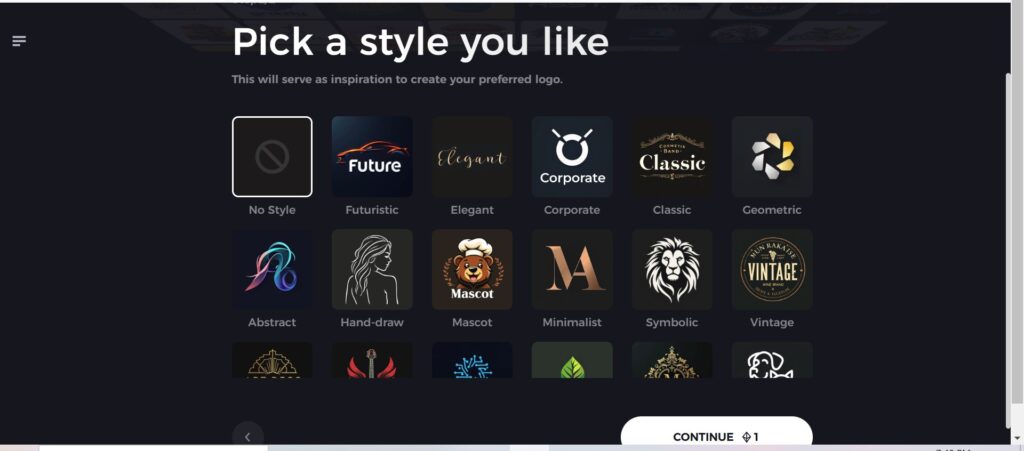
Step 5: Review Concepts
Browse the logo concepts generated by the AI based on your inputs. Choose the design that best represents your brand. This step narrows down the options to find the ideal logo for trademarking.
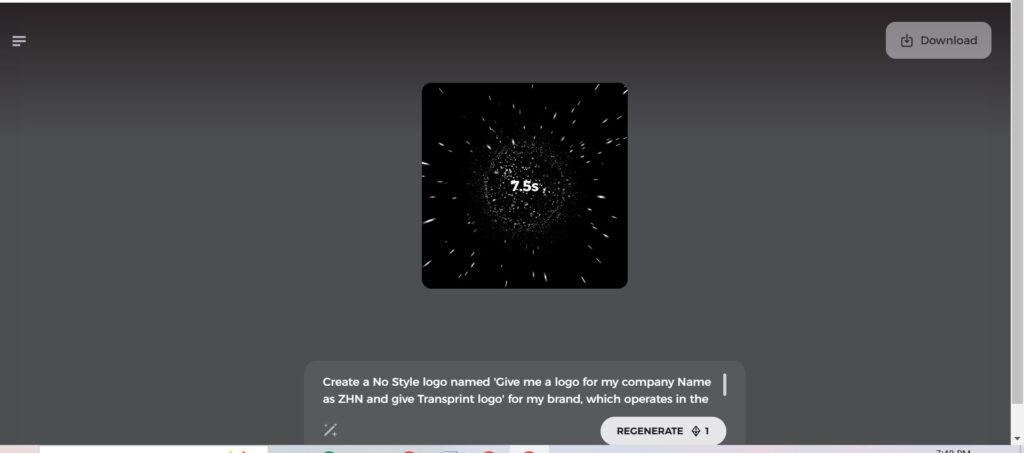
Step 6: Refine Your Logo
Customize your logo by adjusting colors, fonts, and icons. This step ensures the logo matches your brand personality. A well-tailored design is key to securing trademark protection.
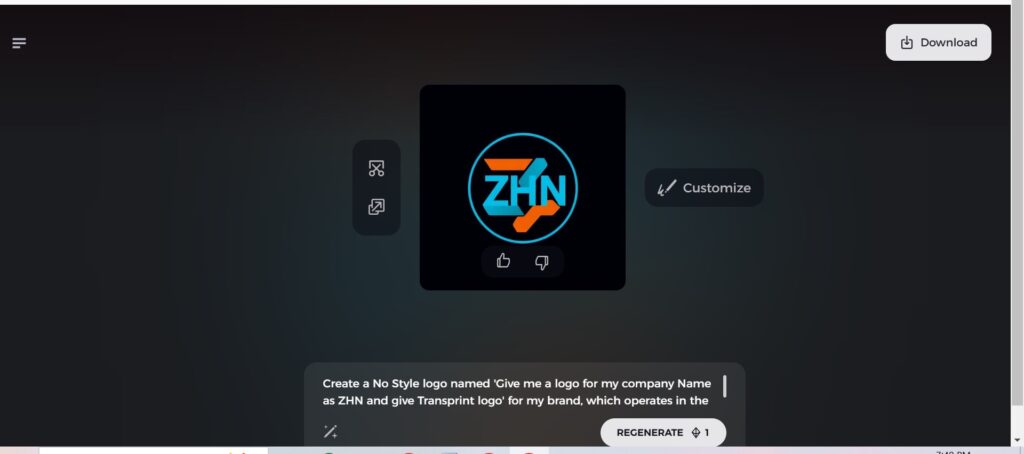
Step 7: Download and Trademark Your Logo
Once you are sure that your logo is satisfying, download it in forms such as PNG or SVG and use them for different applications, including websites, social media, and print.
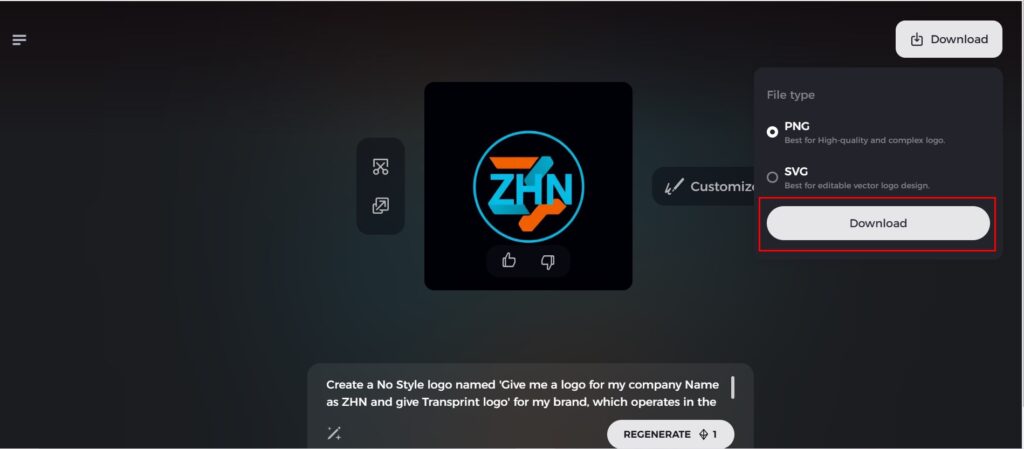
Conclusion
Let’s go to conclude how to trademark a logo is a must and it’ll definitely help protect your brand and give it a future. Though straightforward the process itself needs to be seen to and done by the book. Having assistance through tools such as Arvin AI can make the process of easier and less frightening. Arvin AI provides you with making and designing of the logo with a few clicks due to it’s Ai power. Protect your brand’s identity today—do it now!
FAQs
How long does it take to trademark a logo?
It typically takes 6 to 12 months depending on the jurisdiction and issues that may arise with your application. If there are objections or additional information is needed, delays can be experienced. A smooth process might be quicker.
Can I trademark a logo that looks like another brand’s?
No, you cannot how to trademark a logo that is too similar to another existing trademark. Always make sure that your logo is unique and different.
How much does it cost to trademark a logo?
Trademarking a logo usually costs between $225 and $400 per class, depending on the jurisdiction. Costs can vary, depending on complexity and the location.
Do I need a lawyer to trademark my logo?
You don’t need a lawyer to how to trademark a logo, but hiring one can keep an application correct. If the legal issues arise during the process you can seek the assistance of a lawyer. Many people file on their own using online tools.

